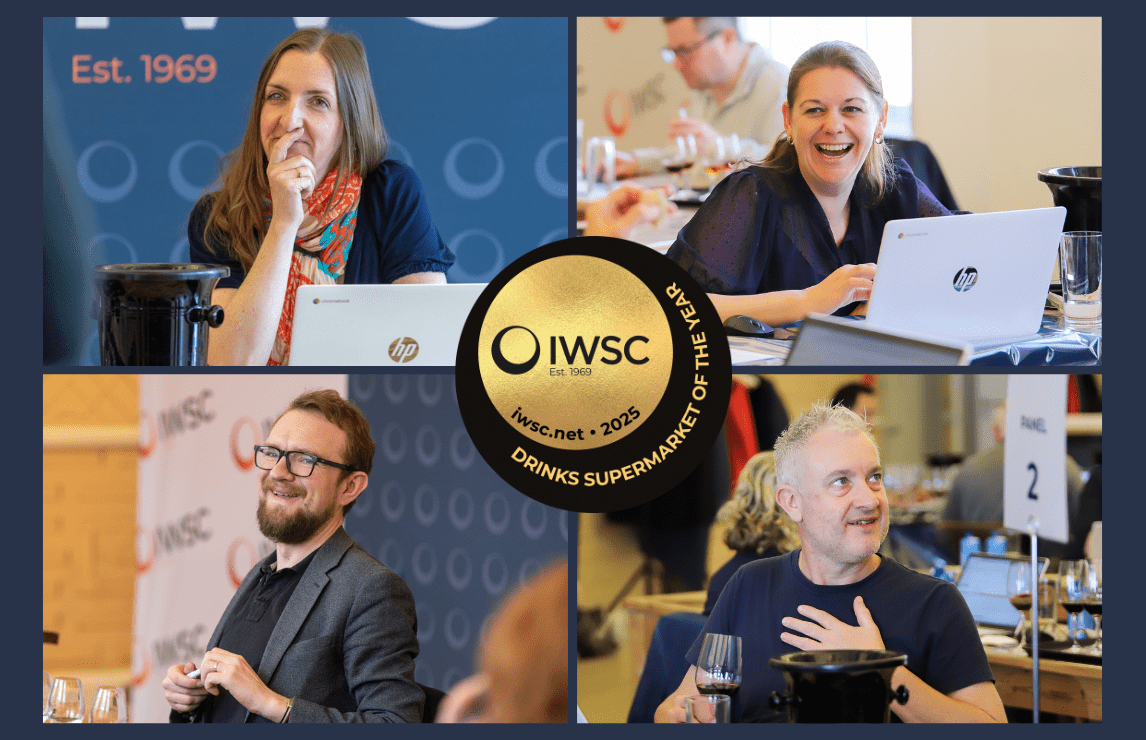Viewing the vineyards from the surrounding hills, the attraction to vinegrowers is obvious. There are the moderating effects of Lake Iseo to the north, and most of the vineyards sit on a huge hilly Amphitheatre carved by a retreating ice-age glacial moraine. This helped provide beneficial warmth and sun in previous centuries: the region’s viticulture dates at least to Roman times, and 16th Century documents mention the local Erbamat grape variety, as well as describing wines that are ‘lively’ (effervescent?).
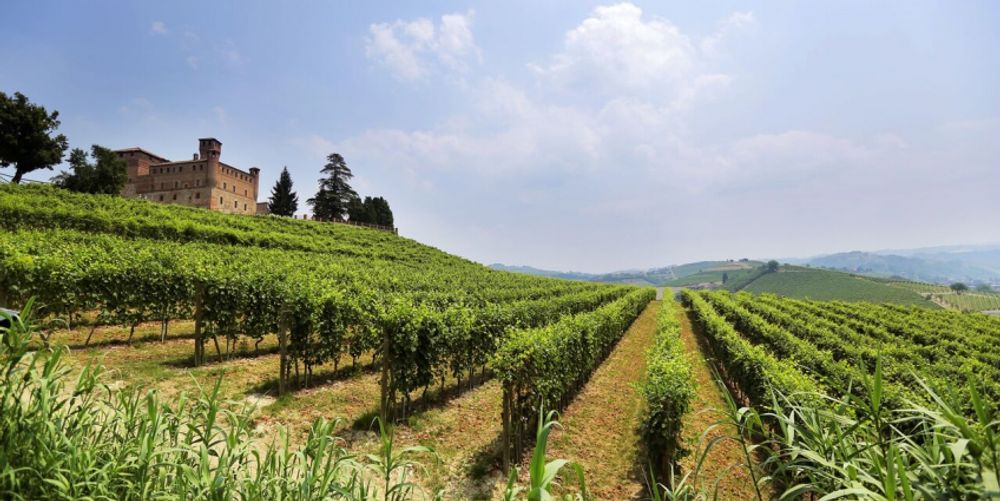
The Franciacorta region has long been respected for the quality of its sparkling wines
Yet, the first official bottle of sparkling ‘Pinot Franciacorta’ was produced as recently as 1961. A tiny number of Franco Ziliani’s first bottles remain, in carefully guarded locations. Now 122 wineries produce and sell around 20 million bottles from a planted area of 3614 hectares.
As the world’s regions adapt to climate change, Franciacorta’s topography provides resilience via opportunities to expand the plantings to higher altitudes and northern exposures. The ancient, indigenous Erbamat variety also offers adaptation options, since it was permitted for limited use in 2017. Erbanat ripens late, retains acidity and accumulates sugar slowly. Not everyone is a fan, though: a couple of producers complained that it is very inconvenient to harvest and process it so long after the work with Chardonnay, Pinot Bianco and Pinot Nero is completed.
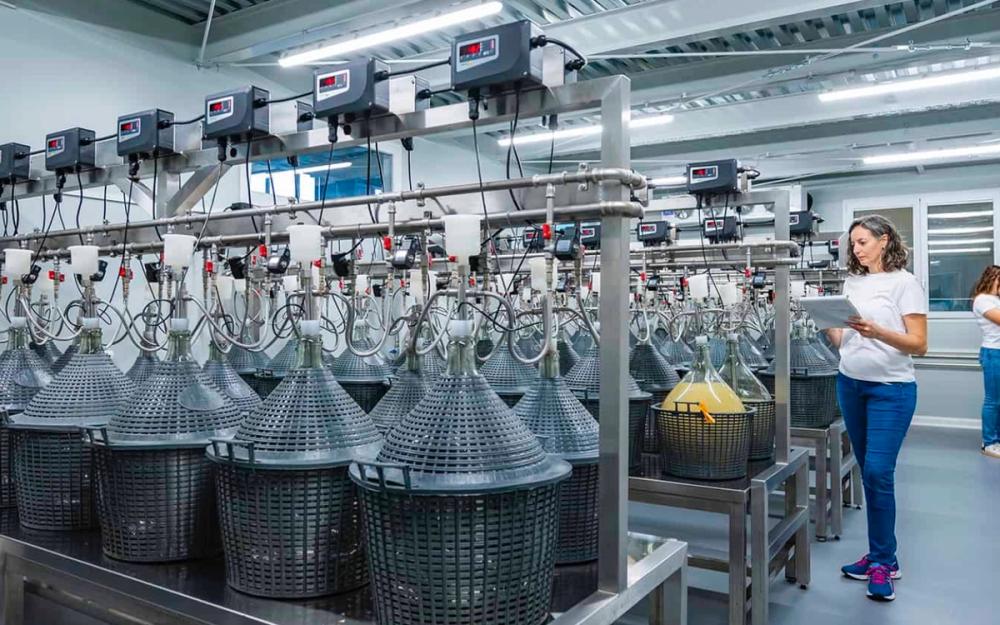
The Microvination Laboratory was opened last year
The Microvinification Lab was opened in 2024. Its research collaborations with Italian universities include evaluation of new varieties, improving clones, and several projects evaluating sustainable farming practices. It will also train the next generation of producers.
The competition
The IWSC panel was able to tasted a total of 87 wines of which five were awarded gold, 24 silver and 46 bronze - covering all subcategories.
As well as myself the judging panel was overseen by a member of the wine judging committee Essi Avellan MW, joined by Salvatore Castano, wine buyer at Friarwood Fine Wines and Melania Battiston, wine director at Cornus restaurant. Over two days, we assessed 87 entries from Franciacorta DOCG, awarding five gold, 24 silver, and 46 bronze medals. Several themes emerged during the judging sessions.
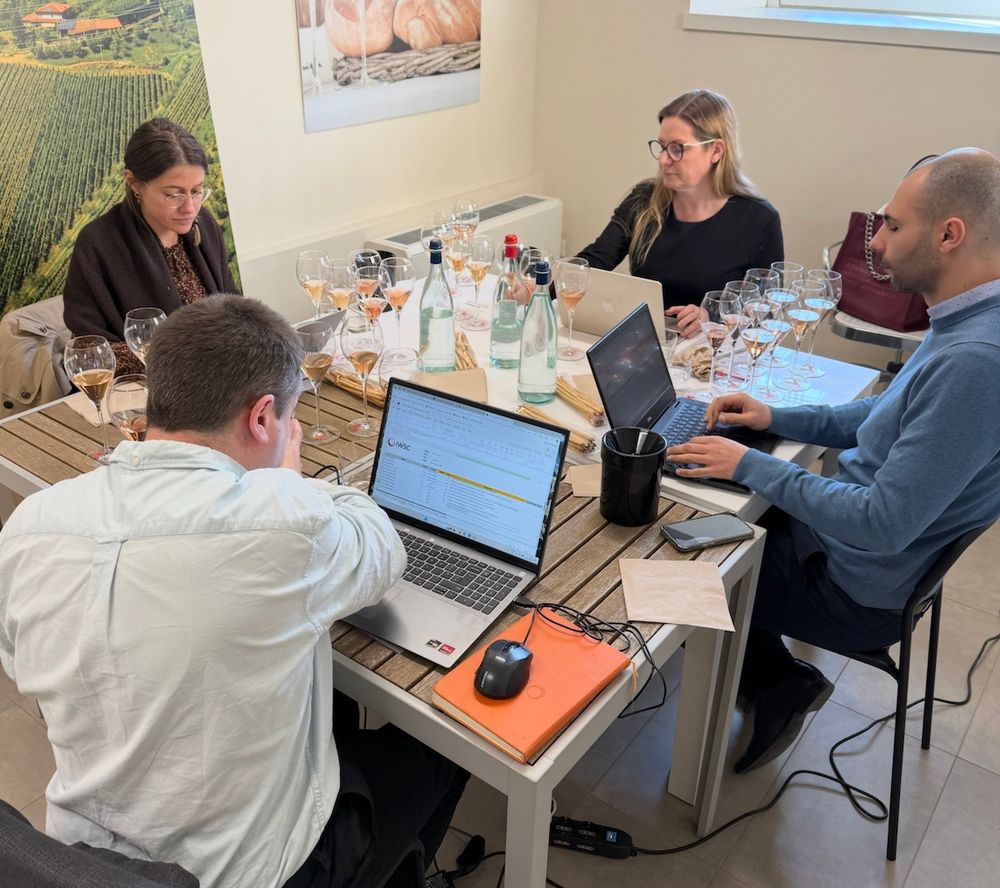
The IWSC's Franciacorta judges tasted close to 90 wines
Firstly, the basic level of quality was reliably high. In other regions, I would expect more dull, mediocre and even faulty wines in a tasting of this size. The few wines that scored no medal were typically not bad but tended to be towards the end of their life, or showed some defect that made them not medal worthy but still drinkable. This reliable quality could be testament to the unusual strictness of the DOCG rules - the 2010 update made them the strictest sparkling wine rules in terms of minimum ageing requirements.
On the other hand, there were very few wines that were transcendentally outstanding. Many wines from older vintages (10 years plus) I suspect represent the producer’s idea of the best that they make. Some remained sufficiently fresh to be enjoyable. But a common theme was an oxidative profile that has fallen out of fashion in other regions. This is where matters of personal preference collide with matters of objective quality.
The ambition of the wines was clear, and in some cases was rewarded with good medals. But in many cases I believe the wines would have been better (and more enjoyable) if they had retained more aromatic freshness.
There were lovely wines in all categories - Blanc de Blancs, Blanc de Noirs, Rosato. The wines I enjoyed most were the Chardonnay/Pinot Bianco blends, especially the Satén with their distinctly soft-textured bubbles and gentle acidity. It surprised me that some of these benefited the most from aging.
One Day Seminar ‘Francicorta 35’.
Silvio Brescianini, the current Consorzio president, introduced the day, drawing our attention to those who founded the Consorzio or had led it since its foundation, and their ongoing, ambitious vision of quality.
Denis Pantini (Nomisma Wine Monitor) gave a detailed statistical analysis of the market. Key takeaways included the growing global importance of sparkling wine (when wine as a whole is declining), and the importance of sustainability and authenticity to millennials and Generation Z.
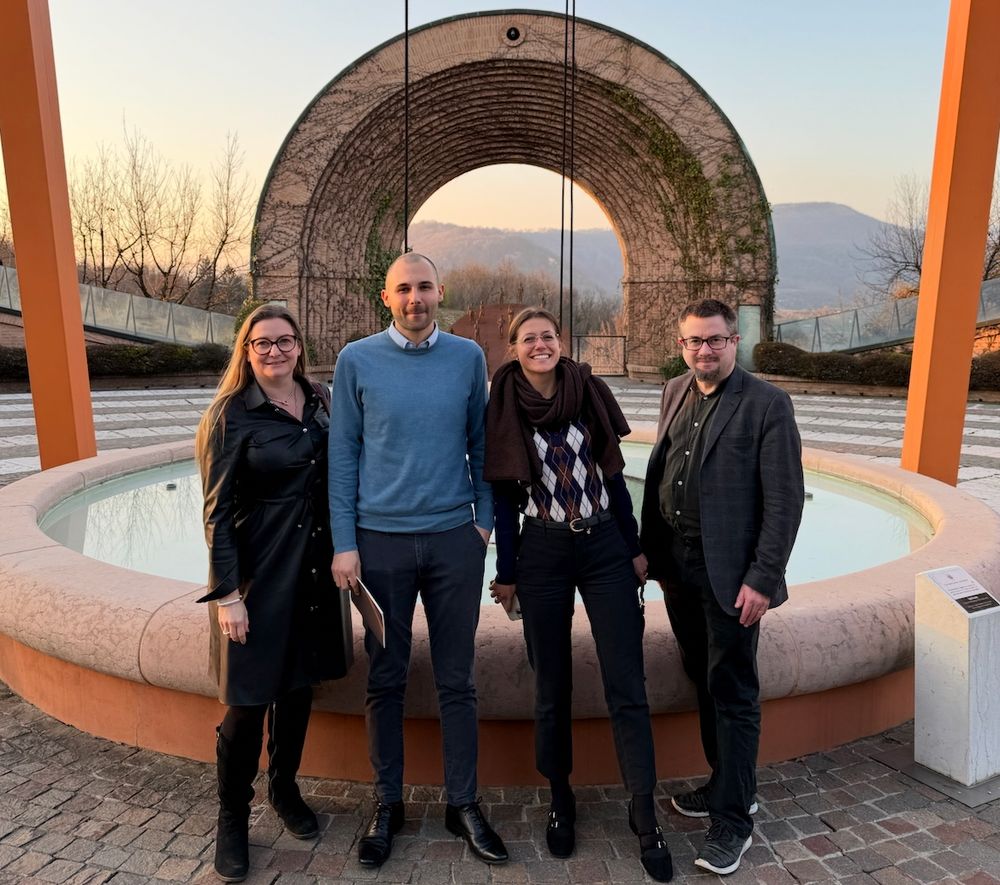
The IWSC judges had a chance to visit local producers and hear what research and development studies are being done in the Franciacorta as part of a one day seminar
I am of neither generation, but these topics are of particular interest to me too, so it was exciting that sustainability was such a focus of the day. Isabella Ghiglieno’s presented her research, which notes the important role vineyards can play in providing ecosystem servicessuch as sequestering carbon, regulating water flows and soil erosion, and hosting pollinators and other wildlife.
Luisa Mattedi shared her research on more ecologically friendly methods of managing pests and diseases. I learned that Franciacorta has been a leader since introducing a carbon calculator methodology in 2010. This now covers most of Franciacorta’s vineyard area.
The day finished with a deeply philosophical tasting of young and mature Satén, Rosato, and Riservas, led by the Italian MWs Gabriele Gorelli, Andrea Lonardi and Pietro Russo.
This reinforced the impressions I had synthesised from the main competition. That I would ideally prefer the older wines to retain more aromatic brightness, but the general standard is reliably high. Add in the genuine focus on sustainability and the local options for adapting to climate change and I believe the next 35 years of Franciacorta are very promising.
* The full results of the 2025 Franciacorta judging, in partnership with Franciacorta Consortium, can be seen here: IWSC Wine Judging in Franciacorta: Medal results revealed | IWSC.
You can read more about IWSC’s Global Judging campaign here: Global Judging | IWSC International Wine & Spirit Competition.
You can see Antony Moss MW’s IWSC bio here: Antony Moss MW Judge | International Wine & Spirit Competition.

